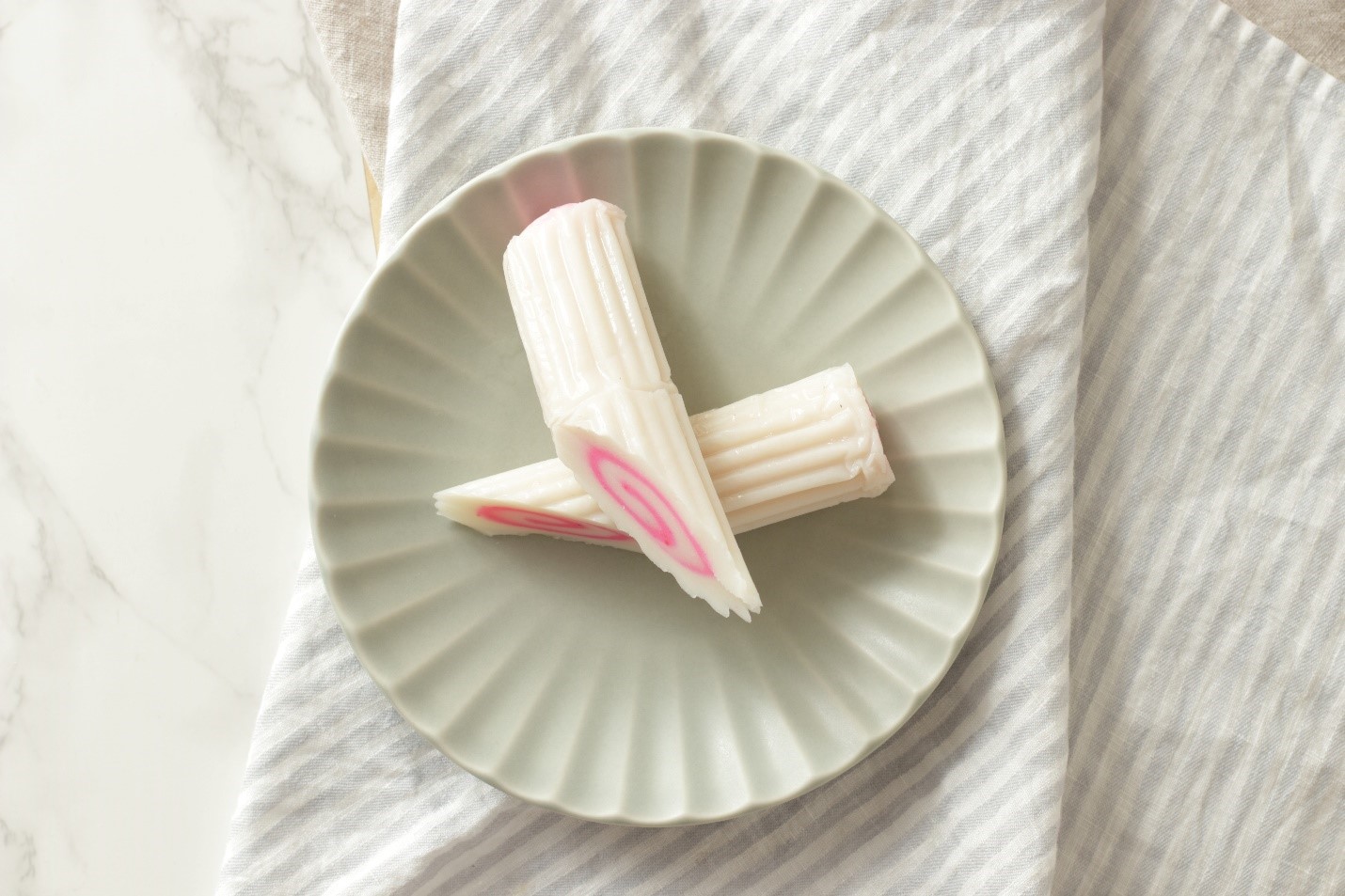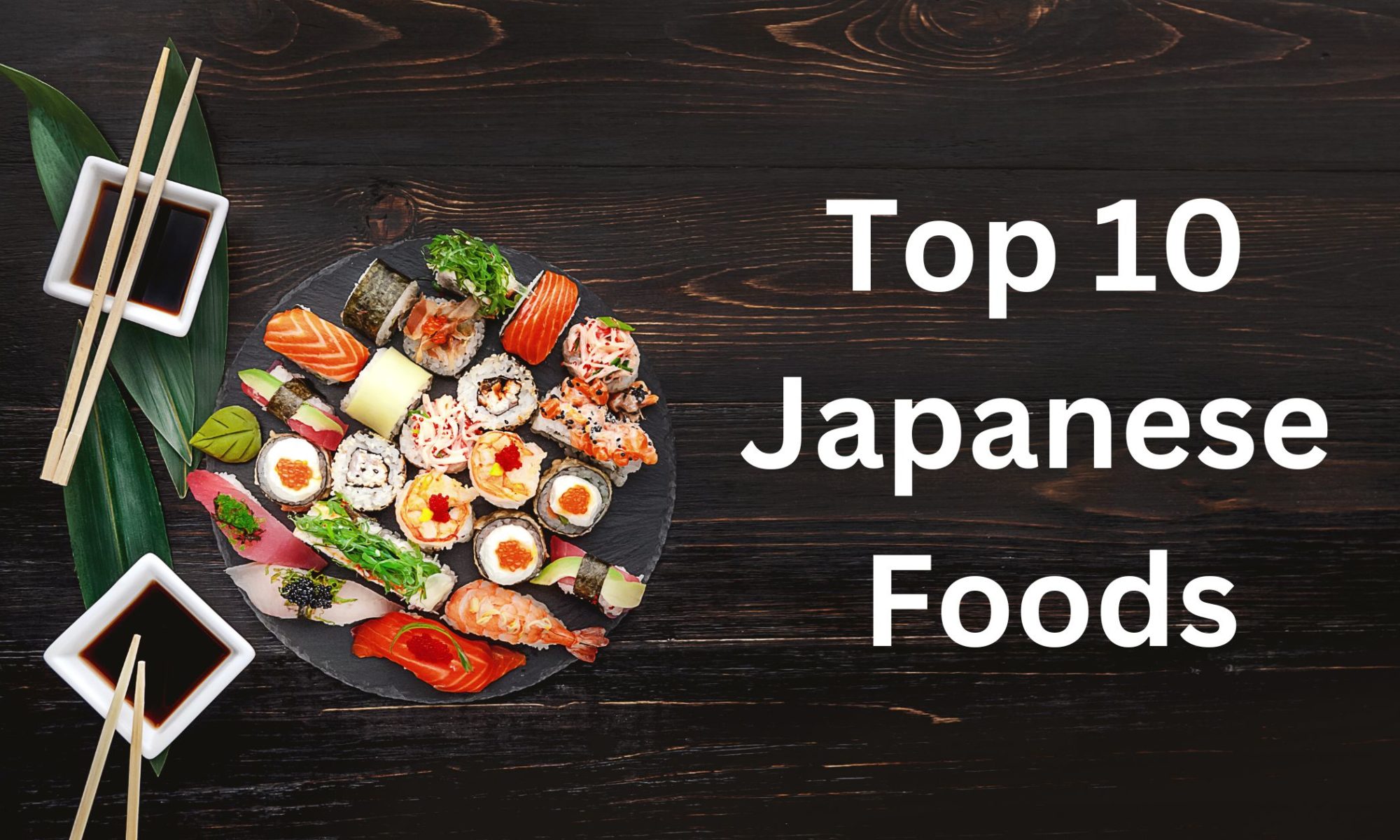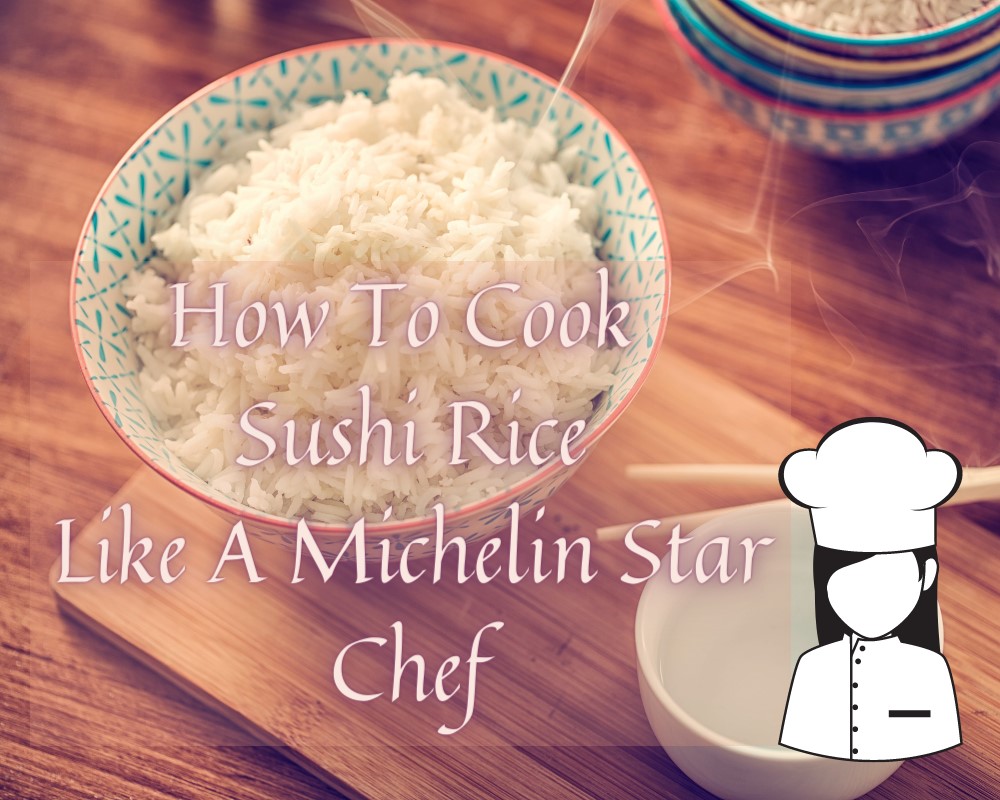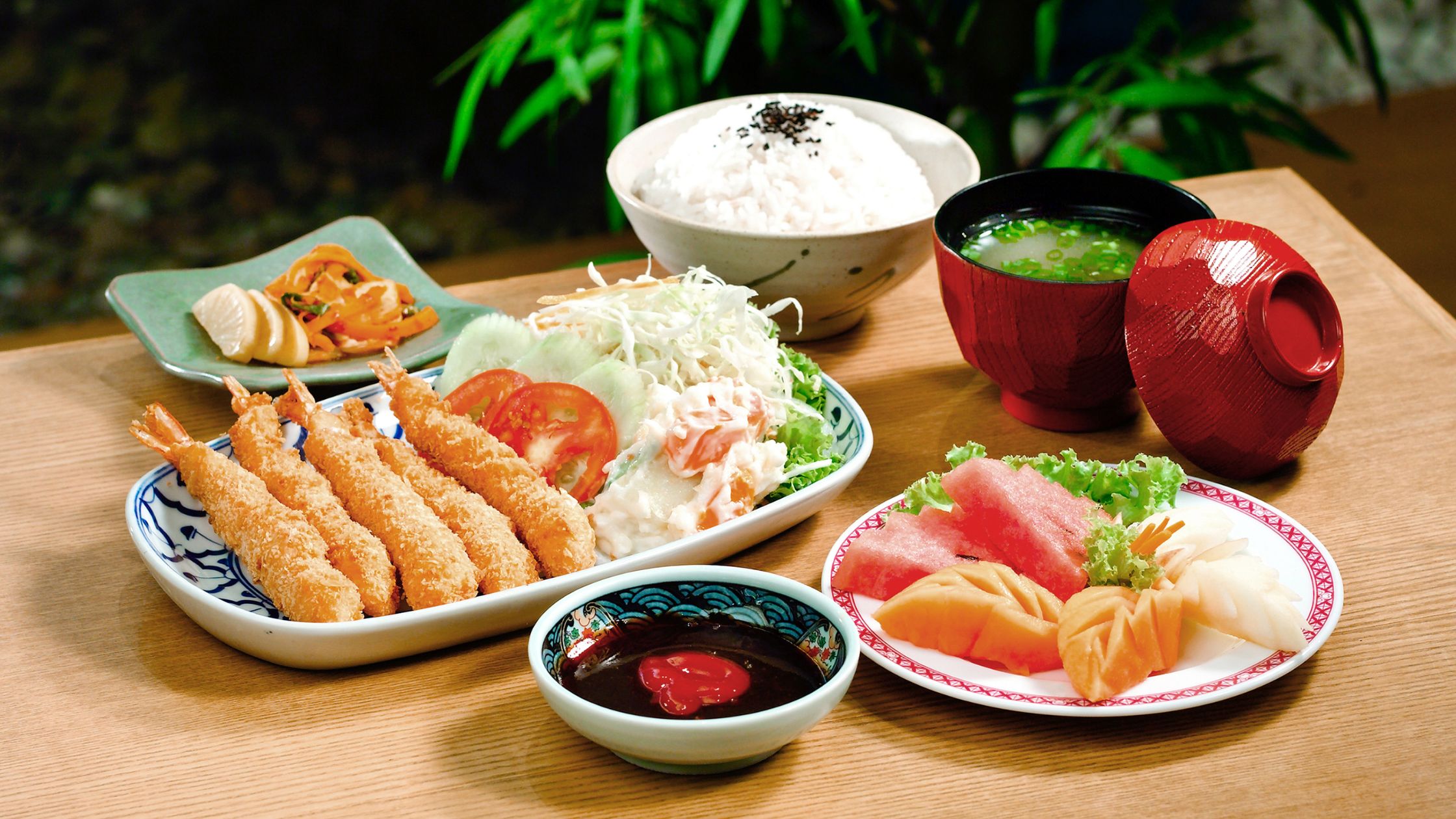Japanese cuisine is a treasure trove of culinary delights, with its rich flavors, meticulous presentation, and unique ingredients. Among these remarkable elements is an intriguing component called “Naruto.” Although the name may evoke thoughts of the popular anime series, Naruto in the context of Japanese food refers to something entirely different. In this article, we delve into the world of Naruto in Japanese cuisine, exploring its origins, distinctive characteristics, and how it enhances the visual appeal and taste of various traditional dishes. Prepare to embark on a flavorful journey as we unravel the mystery of Naruto in Japanese food.
Naruto in Japanese food:
Unraveling the Mystery of Naruto:
Contrary to what some might think, Naruto in Japanese cuisine has no relation to the charismatic ninja character from the anime series. Instead, Naruto refers to a specific type of fish cake with a distinct pattern that is reminiscent of whirlpools or swirls. These eye-catching patterns give this culinary delight its name, as it mirrors the Naruto whirlpools found in the Naruto Strait in Japan.
The Naruto fish cake is made primarily from whitefish paste, usually mixed with other ingredients like salt, sugar, and sometimes starch. This mixture is then shaped into a cylindrical form and cooked. What sets Naruto apart is the addition of pink or red food coloring, which creates the swirling pattern visible when the fish cake is sliced.
A Visual Treat:
One of the remarkable aspects of Naruto is its aesthetic appeal. When the cylindrical fish cake is cut into thin slices, the beautiful swirls become instantly visible. These intricate patterns are reminiscent of the traditional Japanese art form known as mizuhiki, where cords are used to create intricate knots and designs. The visual impact of Naruto adds a touch of elegance to any dish it graces, making it a favorite choice for garnishing and presentation purposes.
Versatile and Flavorful:
Apart from its visual allure, Naruto also contributes a delightful flavor to various Japanese dishes. The fish cake itself has a subtle taste, with a slightly sweet and savory profile that complements other ingredients in a dish. Naruto is commonly used in noodle dishes like ramen, where its mild flavor adds depth to the broth and its texture provides a pleasant contrast to the noodles.
Moreover, Naruto’s versatility shines through in sushi rolls, where it often takes center stage as a key ingredient. It pairs exceptionally well with fresh seafood and vegetables, offering a balance of flavors and textures that leave a lasting impression. Whether it’s traditional maki rolls or creative fusion sushi, Naruto enhances the overall taste and presentation, creating a delightful dining experience.
Beyond its usage in ramen and sushi, Naruto also finds its way into other Japanese dishes like udon, donburi, and bento boxes. It can be found as a delightful topping or accompaniment, bringing an element of surprise and intrigue to the meal.
Also Read: Exploring the Exquisite Delights: Top 10 Japanese Foods
Conclusion:
In the world of Japanese cuisine, Naruto takes on a whole new meaning. This exquisite fish cake, with its distinct whirlpool pattern, adds visual allure and a subtle burst of flavor to various dishes. Whether adorning a steaming bowl of ramen or nestled within a meticulously crafted sushi roll, Naruto has become an iconic element of Japanese culinary artistry.
The next time you embark on a culinary adventure or sit down to enjoy a Japanese feast, keep an eye out for Naruto. Appreciate the craftsmanship behind its unique swirls and savor the delicate taste it imparts. Naruto is not just a delightful ingredient but also a testament to the creativity and attention to detail found within Japanese cuisine.












